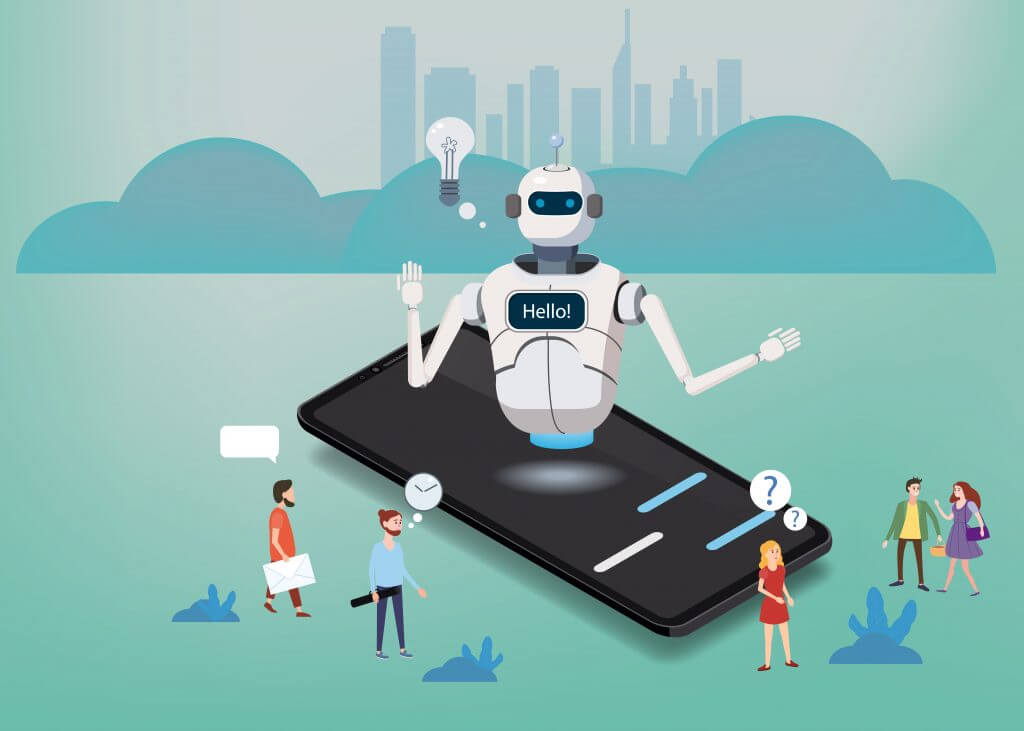Executing an artificial intelligence chatbot can fundamentally upgrade customer care, smooth out business processes, and further develop client commitment. Be that as it may, making a consistent chatbot experience requires cautious preparation, planning, and execution. In this far-reaching content, we will explore into different parts of chatbot execution, offering tips & insights to guarantee consistent and easy-to-understand communication.
Define Clear Objectives
Prior to plunging into chatbot advancement, it’s vital to characterize clear targets for your artificial intelligence-powered chatbot. Figure out what explicit issues or errands you need the chatbot to address. Whether it’s dealing with client requests, giving item suggestions, or robotizing routine errands, having distinct your Chabot’s plans and usefulness.
Choose the Right Chatbot Type
There are various types of chatbots, each appropriate for various purposes, ruled-based chatbots adhere to predefined guidelines and are reasonable for taking care of straightforward, organized collaborations. Then again, artificial intelligence-driven chatbots use AI calculations to comprehend and answer more perplexing inquiries. Pick the chatbot type that lines up with your targets and customer needs.
Select an Appropriate Platform
Choosing the right stage for your chatbot is fundamental. Some popular choices include Facebook Messenger, Whatsapp, Slack, and customized web applications. Think about your main interest group and where they are generally dynamic. Make sure that the selected platform aligns with your business goals and seamlessly integrates with your existing systems.
Natural Language Processing (NLP)
To make a conversational artificial intelligence chatbot, you’ll require strong Natural Language Processing (NLP) capabilities. NLP permits the chatbot to comprehend and answer customer questions in a human-like way. Use NLP libraries and structures like NLTK, space, or pre-prepared models like GPT-3 to upgrade your Chatbot’s language understanding.
Data Collection & Training
Assemble applicable information to prepare your artificial intelligence chatbot. This incorporates authentic talk logs, client connections, and industry-explicit information. Train your chatbot utilizing AI calculations to work on its exactness and responsiveness over time.
Personalization & Context
A consistent chatbot experience requires personalization. Guarantee that your chatbot can recollect past communications and settings to give customized reactions. Personalization improves customer commitment and fulfillment.
User-Friendly Interface
The Chatbot’s connection point assumes an essential part in the user experience. Pan has a natural and user-friendly interface that makes it simple for users to cooperate with the bot. give clear directions and choices to users to easily explore conversations.
Multilingual Support
Assuming that your main interest group is global, consider adding multilingual help to your chatbot. This grows your scope and guarantees that users from various locales can communicate with your bot in their favored language.
Seamless Integration with Existing Systems
For business applications, guarantee that your artificial intelligence chatbot coordinates consistently with your current frameworks and information bases. This empowers the chatbot to get to and recover important data, for example, user information or product inventory, progressively.
Testing & Quality Assurance
Completely test your chatbot prior to conveying it to guarantee its capabilities as planned. Test different user situations and edge cases to distinguish and resolve any issues. Carry out a powerful quality confirmation cycle to keep an elevated degree of execution.
Feedback Mechanism
Incorporate a feedback mechanism inside your artificial intelligence chatbot to gather user input and ideas. This important information can assist you with making persistent upgrades and improve the Chatbot’s presentation over the long run.
Monitoring & Analytics
Carry out monitoring and analytics devices to follow the Chatbot’s presentation. Screen user interactions, reaction times, and user fulfillment measurements. Utilize this information to make information-driven enhancements and improvements.
Security & Privacy
Focus on security and privacy in your chatbot execution. Guarantee that user information is taken care of safely and consent to significant information insurance guidelines, like GDPR or HIPAA, if appropriate. Execute encryption and secure confirmation techniques to safeguard user data.
Conclusion
Executing an artificial intelligence chatbot for a consistent user experience requires cautious preparation, scrupulousness, and progressing enhancements. By characterizing clear objectives, choosing the right platform, and incorporating advanced technologies like NLP, you can make a chatbot that addresses client issues as well as upgrades your business tasks. Make sure to focus on security, and protection to improve your chatbot to keep it applicable and significant to your users. A very executed chatbot can be a strong resource that hoists your user care and commitment higher than ever.

